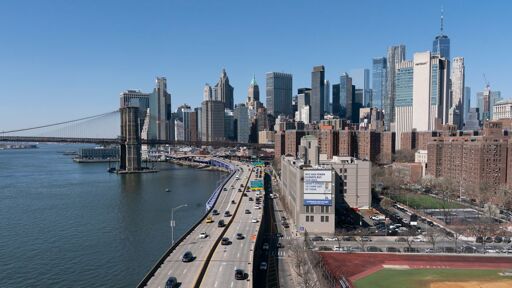

Imagine if cars only now started to become a thing and we were living in a walkable city with viable public transportation.
We would probably as a society question why do cars need to be so large and require massive empty parking lots.
It would be crazy to pave over a whole park in the center of a green walkable town.
















Now add into this total the amount of surface area taken by paved roadways.
What really gets me each time, is how unnecessarily wide most, if not all roadways are in cities and urban areas.
You have streets that are two dedicated lanes in one direction, but the total width is close to 3.5 cars. When you add this up for a typical 2 lane street with two lanes of travel each way, you get a street that becomes close to 6-7 cars wide. All to accommodate parking near the curb on certain hours of the day.
I find it so strange that cities spend so much tax dollars and budget to provide publically funded street parking. The cost to repave these wide streets every few yeara adds up exponentially and eats away at a cities annual budget.
Streets and lanes should only be as wide as the car traveling down them, and street parking should not be a thing at roadway level. Business should provide their own lots ideally with cobblestone to help with rainwater runoff, and this space the city paves over should be taken back as proper sidewalk space and green space, with the addition of cycling paths.